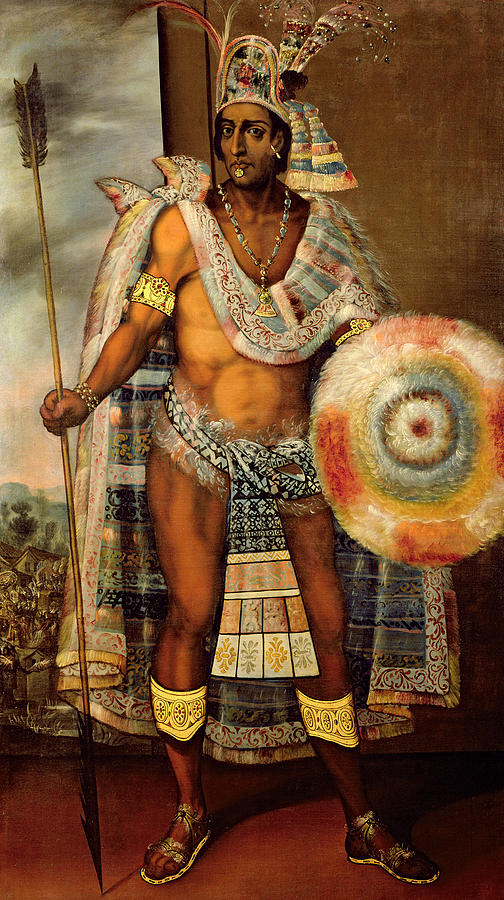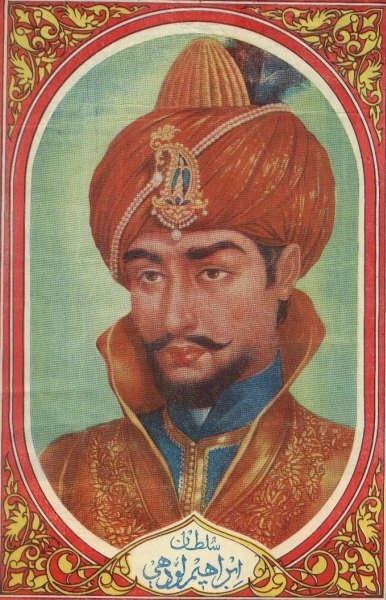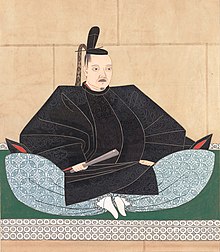1. All forum rules apply whilst playing the game, this is obvious. No racism, sexism, other bigotry and harassment of mutual players for any reason will be allowed. Those who do so may be requested to exit the game if they have not been punished according the SV's rules.
2. All IC diplomacy requires the GM present (myself) or an appointed vice-GM recognized by the GM. This includes discord chats that discuss diplomacy and or activities. You may engage in ooc speculation and discussion without the presence of the GM, but such actions and agreements made alone or in ooc are not considered IC or recognized by the GM as existent.
3. All diplomacy conducted in the IG chat must be attempted to be IC. Simple yes or no statements will not be acceptable and greater explanation will be required and responses must be at least one paragraph in length unless it is warranted. A major exception to the rule is if the player in question kills the envoy of the other player and hence there would be no need for a response and the GM will inform the other player of the action. Alternatively, a player may be short and concise with the goal of being rude, but the GM will take charge of reactions of courts/tribes to possibly offensive remarks from players.
4. Turn Updates are to only be produced by the GM and on his schedule.
5. Players who fail to turn in orders or respond to diplomacy after two turns is assumed to have left the game and the GM will assume their role until a suitable replacement has been produced.
6. The GM shall recognize 3 nation requests for a player applicant and among these application requests, the GM reserves the right to allocate countries among the three requested. If a player applies for three nations already filled with a player, the GM shall advise the applicant as to other nations available.
7. Players are requested to read up on their chosen/assigned states before playing and if need be, the GM will inform the player to the best of his ability.
8. All births and deaths are dealt with by the GM. If a player does not request rolls on children or deaths, OTL deaths and births will be invoked unless IG reasons have prohibited this. Such as, a king who died in war OTL, will not perish at the same time if ATL his realm did not enter war IG or likewise, if a certain king who sired a daughter OTL perishes beforehand, obviously the daughter will not be born ATL.
9. The GM reserves the right to lock countries for a period of time, such as locking the Mexica Triple Alliance to a GM controlled state.
10. Plagues, natural disaster and famines will occur as OTL unless player actions are deemed such that they would induce these issues. For an example, if a player institutes a drastic land reform whereby mass numbers of urban peoples are relocated to the rural areas and skilled farmers are marginalized, the result will be possibly a great famine and large scale death and with this, the decline and possible collapse of the ruling regime.
11. Players will be permitted each civic orders. Civic orders are orders that allow the player to make significant reforms, policy changes, governmental/economic actions and military reforms. Each player will receive 1 base civic order every turn and receives 1 extra civic order scaling up with rank. For a Minor Power, the player receives 1 civic order, at regional power, the player receives 2 civic orders and at great power, the player receives 3 civic orders. How a player ascends the ranks is up to the GM, but the player may argue for an increase in rank that will be reviewed every turn report.
12. Players may be allowed for great powers to have a co-op situation, wherein there is more than one player, however there will be no extra civic order applied and the players must still play with existing restrictions.
13. A player controls the ruling monarch and those loyal to his state, but those disloyal ministers and the public of his country, are not under his control but are cared for by the GM. Loyalties may be swayed by other player action, the actions of players or changed due to shifting geopolitical and economic reasons. The GM reserves the right to dictate on loyalty of subjects and military personnel.
14. Economic recessions and changes will be judged and addressed by the GM. The GM will attempt to be unbiased in economic outlook and make an effort to see that all types of economic policy can work in the short or long term, but also notes that in any action both economic and governmental, there are tradeoffs and easy solutions are impossible.
15. States may receive a special modifiers unknown to other players that denote certain internal truths of their states. This includes internal declines of a regime when outwardly the state remains strong. Players who control countries that are at a zenith and due to various factors, experience decline, will have to work harder to reform the state and assure internal stability. Likewise, countries deemed to be on the advance or expansion, may be given modifiers internally that aide in their rise; however such rises are ephemeral and will end in stagnation and thence into decline should the game last long enough. Likewise, momentum can collapse rapidly if the player is not prepared to deal with declining morale of the army and the state, alongside the confidence of the public.
16. At game start, colonization will be restricted to the players over Castile-Aragon and Portugal until IG actions cause the GM to permit colonization and exploration by other players. Players will need to through IG actions and policies, convince the GM and hence their country/court of the necessity to colonize and explore, this may be more difficult for some than others. The Great Ming will have nigh impossible interest in exploration and colonization, whilst a country like France may easily shift in this direction.
17. Demographics and population statistics will not be able to be known IC by a player unless he does a census IG.
18. Complaints may be levied by any player to the GM after a turn report.
19. Should a player wish to drop the game, the player is requested to inform the GM so that the rectification may be made in available players.
20. All rule changes, removals or additions are reserved as the authority of the GM, but any changes, additions or removals may be requested by players and attended to by the GM.




/https://public-media.si-cdn.com/filer/f5/5d/f55dcbd9-50ed-4ece-be47-a4e0ba8e50b7/francis_and_henry.png)





